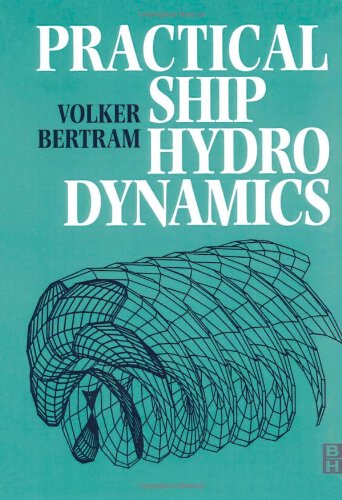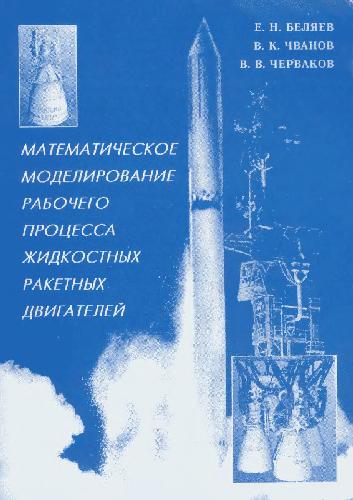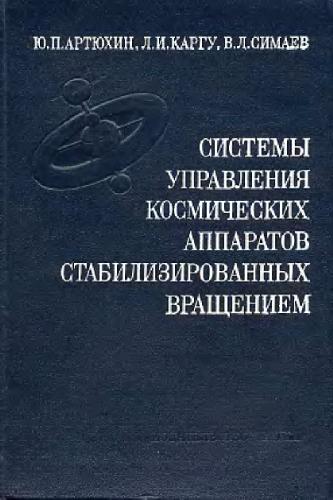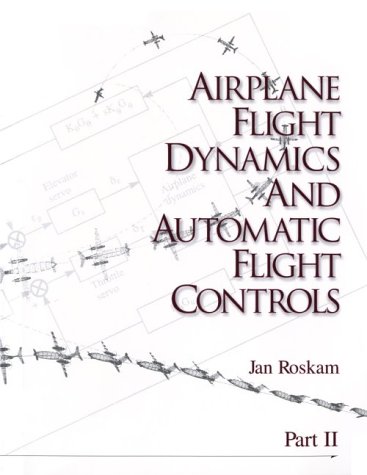Volker Bertram9780750648516, 0-7506-4851-1
Table of contents :
Preface……Page 9
1.1 Overview of problems and approaches……Page 11
3.2.4 Method of Hughes– Prohaska……Page 0
1.3 Full-scale trials……Page 18
1.4.1 Basic equations……Page 19
1.4.2 Basic CFD techniques……Page 24
1.4.3 Applications……Page 25
1.4.4 Cost and value aspects of CFD……Page 29
1.5 Viscous flow computations……Page 32
1.5.1 Turbulence models……Page 33
1.5.2 Boundary conditions……Page 36
1.5.3 Free-surface treatment……Page 38
1.5.4 Further details……Page 39
1.5.5 Multigrid methods……Page 41
1.5.6 Numerical approximations……Page 42
1.5.7 Grid generation……Page 44
2.1 Introduction……Page 47
2.2 Propeller curves……Page 49
2.3.1 Overview of methods……Page 52
2.3.2 Momentum theory……Page 54
2.3.3 Lifting-line methods……Page 55
2.3.4 Lifting-surface methods……Page 56
2.3.5 Boundary element methods……Page 59
2.3.6 Field methods……Page 60
2.4 Cavitation……Page 61
2.5.1 Cavitation tunnels……Page 64
2.5.2 Open-water tests……Page 65
2.6 Propeller design procedure……Page 66
2.7 Propeller-induced pressures……Page 70
3.1.1 Interaction between ship and propeller……Page 72
3.1.2 Decomposition of resistance……Page 75
3.2.1 Towing tanks and experimental set-up……Page 78
3.2.2 Resistance test……Page 79
3.2.3 Method ITTC 1957……Page 81
3.2.5 Method of ITTC 1978……Page 84
3.2.7 Propulsion test……Page 85
3.2.8 ITTC 1978 performance prediction method……Page 86
3.3 Additional resistance under service conditions……Page 90
3.5.1 Wave resistance computations……Page 93
3.5.2 Viscous flow computations……Page 100
3.6 Problems for fast and unconventional ships……Page 101
3.7 Exercises: resistance and propulsion……Page 105
4.1 Introduction……Page 108
4.2 Experimental approaches (model and full scale)……Page 109
4.3.1 Airy waves (harmonic waves of small amplitude)……Page 111
4.3.2 Natural seaway……Page 116
4.3.3 Wind and seaway……Page 119
4.3.4 Wave climate……Page 125
4.4.1 Overview of computational methods……Page 127
4.4.2 Strip method……Page 131
4.4.3 Rankine singularity methods……Page 137
4.4.4 Problems for fast and unconventional ships……Page 140
4.4.6 Ship responses in stationary seaway……Page 142
4.4.7 Simulation methods……Page 144
4.4.8 Long-term distributions……Page 146
4.5 Slamming……Page 148
4.6 Exercises: seakeeping……Page 156
Discourse: hydrodynamic mass……Page 158
5.1 Introduction……Page 161
5.2.1 Introduction and definitions……Page 162
5.2.2 Force coefficients……Page 163
5.2.3 Physical explanation and force estimation……Page 168
5.2.4 Influence of heel……Page 173
5.2.6 Stopping……Page 174
5.2.7 Jet thrusters……Page 175
5.2.8 CFD for ship manoeuvring……Page 176
5.3.1 Manoeuvring tests for full-scale ships in sea trials……Page 179
5.3.2 Model tests……Page 185
5.4.1 General remarks and definitions……Page 187
5.4.2 Fundamental hydrodynamic aspects of rudders and simple estimates……Page 191
5.4.3 Rudder types……Page 198
5.4.4 Interaction of rudder and propeller……Page 200
5.4.5 Interaction of rudder and ship hull……Page 203
5.4.6 Rudder cavitation……Page 205
5.4.7 Rudder design……Page 210
5.4.8 CFD for rudder flows and conclusions for rudder design……Page 211
5.5 Exercise: manoeuvring……Page 213
6.1 Introduction……Page 217
6.2.1 Point source……Page 219
6.2.2 Regular first-order panel……Page 221
6.2.3 Jensen panel……Page 225
6.2.4 Higher-order panel……Page 228
6.3 Vortex elements……Page 233
6.4.1 Point dipole……Page 236
6.4.2 Thiart element……Page 237
6.5.1 Desingularization……Page 239
6.5.2 Patch method……Page 240
7.1.1 Theory……Page 246
7.1.2 Numerical implementation……Page 247
7.2.1 Theory……Page 248
7.2.2 Numerical implementation……Page 251
7.3.1 Theory……Page 252
7.3.2 Numerical implementation……Page 257
7.4 Strip method module (two dimensional)……Page 260
7.5.1 Theory……Page 263
7.5.2 Numerical implementation……Page 271
References……Page 275
Index……Page 279







Reviews
There are no reviews yet.